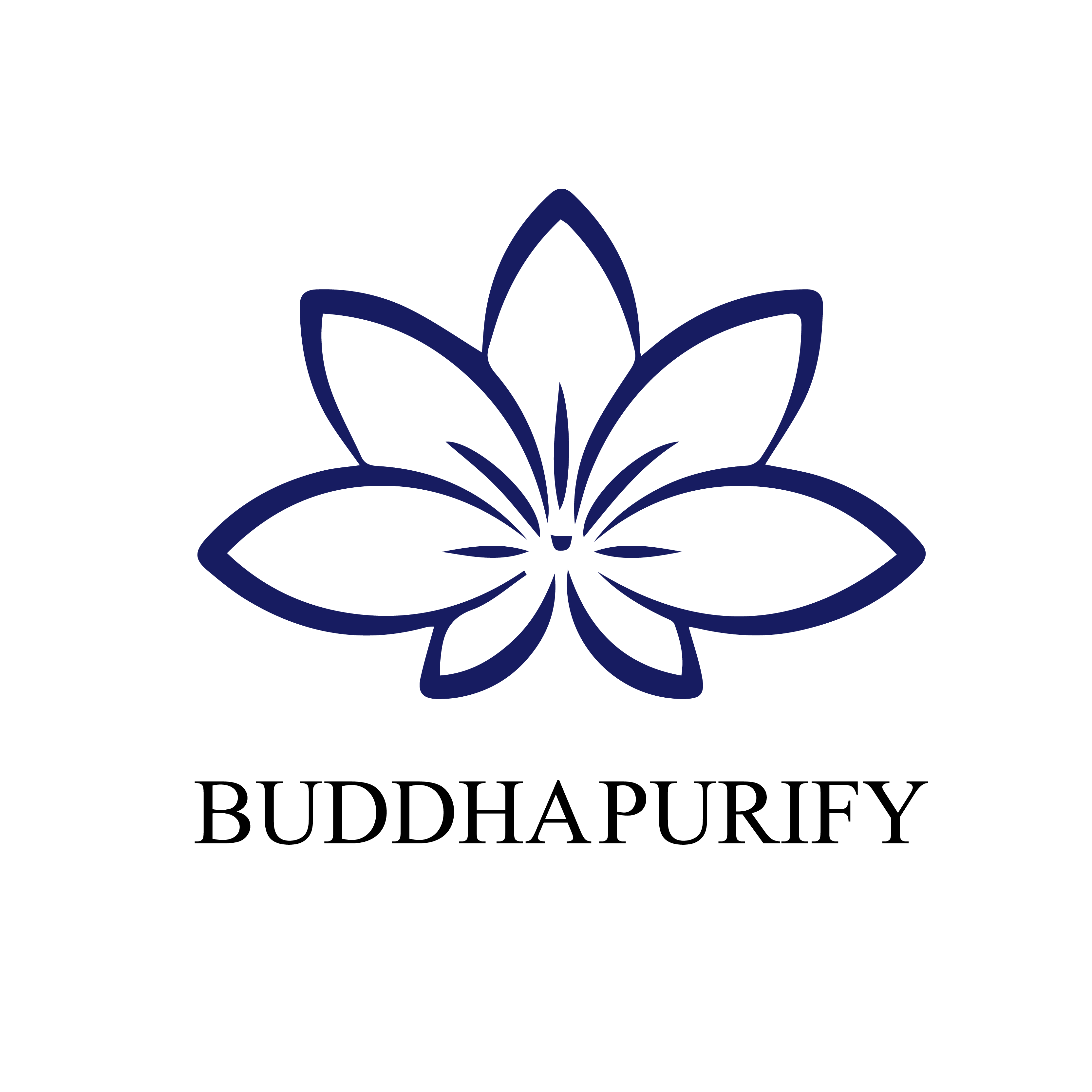Unveiling Tibetan Culture: A Deep Dive into Spirituality, Contradictions, and Inclusiveness
The Uniqueness of Tibetan People and Tibetan Culture: A Multi-Layered Exploration
The uniqueness of Tibetan people and Tibetan culture lies in its profound complexity and diversity. Many scholars, though frequently discussing Tibetan culture, often only scratch the surface, overlooking the true depth and multi-layered nature of Tibetan culture. This phenomenon is closely related to the Western academic tendency to focus on “imagined” aspects of Tibetan culture, but for the general public, such studies fail to reveal the authentic nature of Tibetan culture.
The distinctiveness of Tibetan culture is evident in its rich contradictions and complexities. For instance, the Tibetan people’s devotion to Buddhism and their practical attitude towards the secular world often coexist. As described by an American missionary from the 1930s, Tibetan thought is marked by self-contradictions, with a mix of reverence and cynicism. This complex thought process is reflected in their deep faith in Buddhist artifacts and their flexible approach to secular realities.
In my interactions with Tibetans, I too have sensed this complex thinking style. Tibetans often express themselves in extremes, showing different aspects in various contexts. This rich thought pattern reflects their comprehensive understanding of the world and their tolerance for contradictions and multiple layers. This way of thinking gives Tibetan culture a unique charm while also presenting an elusive quality.
The contradictions in Tibetan culture are not only present in individual thinking but also in social phenomena. For example, some Tibetans’ descriptions of their culture often oscillate between “evasion” and “competitiveness.” They exhibit a sense of pride in protecting their culture while also demonstrating a deep understanding of it in the face of external evaluations. This complex psychological state reflects Tibetan culture’s inclusiveness and diversity.
The distinctiveness of Tibetan culture also manifests in its strong interest in public welfare and knowledge pursuit. Tibetans' pursuit of spiritual purification is evident in their use of meditation tools and mindfulness products. They spontaneously engage in various non-profit activities to advance society. This enthusiasm for life and pursuit of knowledge ensures that Tibetan culture remains vibrant in modern times.
Furthermore, Tibetan culture’s inclusiveness is reflected in its interactions and integration with surrounding cultures. Tibetans live not only in the Tibet Autonomous Region but also in areas such as Qinghai, Gansu, Sichuan, and Yunnan, as well as in Nepal, Bhutan, and parts of India. Tibetan culture influences and is influenced by these neighboring cultures, creating a unique multicultural characteristic. This multicultural aspect is also evident in Tibetans' Zen lifestyle and their pursuit of spiritual enlightenment.
The multi-dimensional and inclusive nature of Tibetan culture is also evident in Tibetans' lifestyles. They have traditional agricultural and pastoral practices as well as a well-established monastic system. This coexistence of multiple lifestyles within a single family illustrates Tibetan culture's significant complexity. In this context, the concepts of fortune-enhancing products and karma balancing deeply influence daily life.
In my view, the characteristics of Tibetan people and Tibetan culture are invaluable human treasures worthy of broader dissemination and promotion. By understanding and learning about the deeper aspects of Tibetan culture, we can gain more wisdom and insight, thereby contributing to global peace and well-being. Tibetan culture is not merely a religious and cultural phenomenon but a spiritual wealth that transcends language and religion.
In conclusion, the use of Buddhist artifacts and spiritual jewelry in Tibetan culture reflects Tibetans' pursuit of spiritual growth and holistic wellness. These aspects highlight the unique spiritual depth and cultural breadth of Tibetan culture. By understanding these elements, we can better appreciate and promote Tibetan culture, bringing greater wisdom and beauty to the world.

At Buddha Purify, we are committed to using Tibetan culture as the foundation to deepen our understanding of spiritual practices and bring them to a broader audience. Our mission is to expand awareness about Tibetan spiritual artifacts and practices, offering insights into how these ancient traditions can enhance modern lives.
We focus on a wide range of products that reflect the profound elements of Tibetan spirituality. Our collection includes Buddhist beads, Buddha pendants, and spiritual jewelry, each designed to assist with meditation, spiritual cleansing, and mindfulness. These items are more than mere accessories—they are integral tools for spiritual growth, helping individuals achieve karma balancing and energy purification.
By emphasizing the Tibetan Zen lifestyle and its connection to holistic wellness, we aim to share the transformative power of these practices. Our meditation accessories and mindfulness products are crafted to support users in their journey towards spiritual enlightenment, promoting a deeper understanding of themselves and their path.
Buddha Purify is not just about offering products; it's about creating a bridge between Tibetan traditions and contemporary spiritual needs. We strive to foster a greater appreciation of Tibetan culture's spiritual depth and cultural richness. Through our efforts, we hope to inspire individuals around the world to embrace a conscious way of living, enriched by the wisdom and practices of Tibetan Buddhism.





